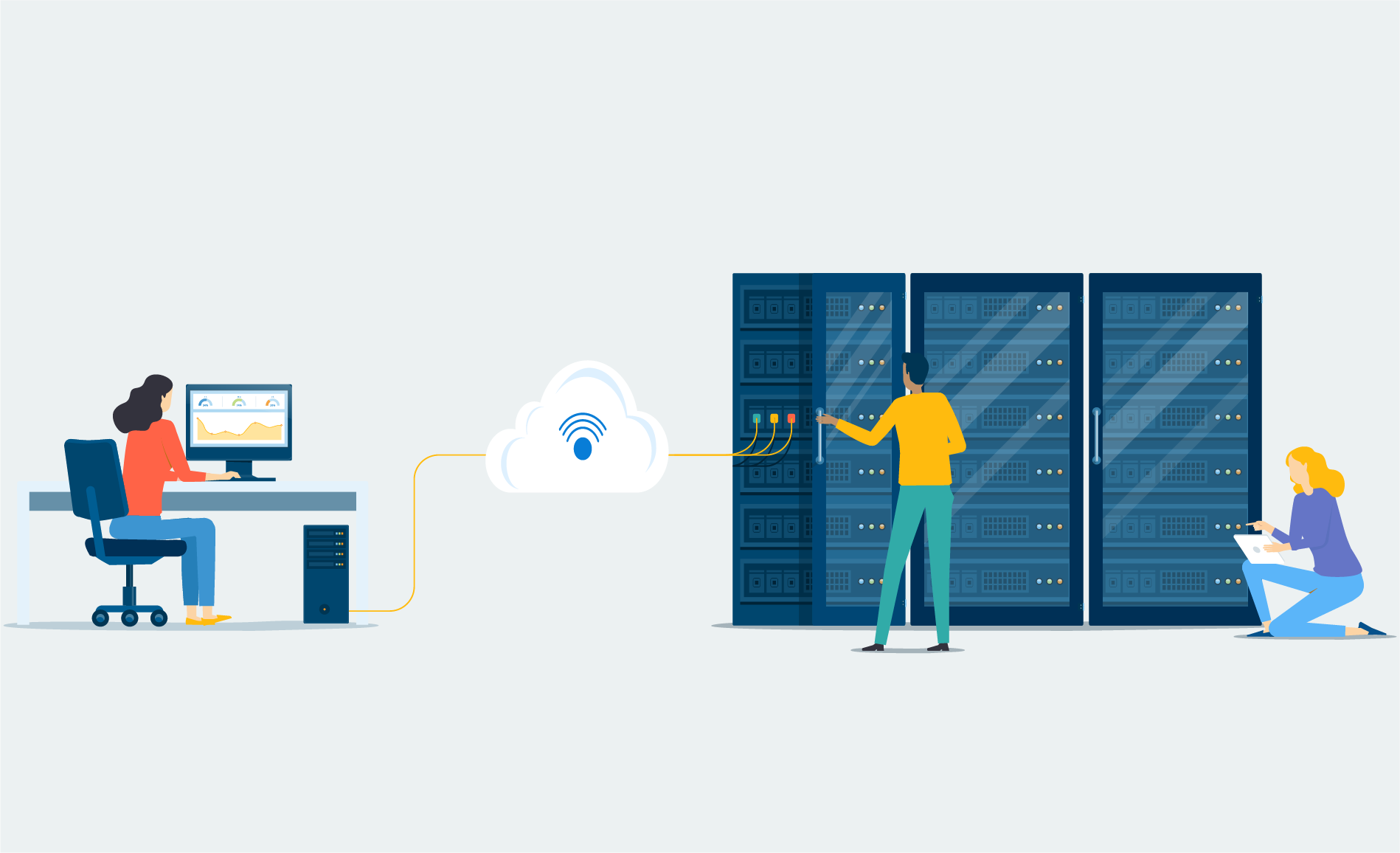Targeted attacks are becoming more mainstream and have overtaken spam and viruses as what is considered the main security concern. Against targeted attacks, organizations have to ensure that they have adequate capabilities to preserve the confidentiality and integrity of email based communications with sensitive information.
What is spear phishing?
Targeted attacks through what is known as spear phishing are now the primary email based threat to organizations. Spear phishing is the tactic of using social engineering to craft an email that appears to be from an individual or business to a specific target. It is meant to seem like legitimate communications from valid senders.
They are carefully crafted emails that trick a recipient into clicking a link to install malware or surrender their login credentials. Spear phishing differs from phishing in that it has a specific target, rather than a broad target audience.
Here is how spear phishing attack happens:
- The subject line and the text in the email body are usually relevant to the recipient.
- If you respond to the email, adversaries have been known to reply, saying the email is legitimate.
- Trusted websites are compromised and used to deliver malicious links and apps.
- Emails are crafted in a way that catches the target’s attention, such as using emails designed to look exactly like it came from a legitimate sender.
- Adversaries will spoof addresses that would seem legitimate to the receiver. The sender address listed in the email may be legitimate but a malicious address can be embedded in the message, and that’s where any reply will be sent to.
What is social engineering exactly?
We mentioned above that Spear phishing is the tactic of using social engineering. Social engineering is the art of manipulating people into performing actions or divulging confidential information, often without the victim realizing they are doing these.
These attacks can occur when someone pretends to be in a position of authority or a member of the company in order to convince an employee to grant the unauthorized person access to a restricted area, sensitive information, data, and/or passwords.
This information can be given up by the user by divulging the information directly. For example, a user might receive an email asking for invoice numbers or to verify company credit cards. The user might reply to the email and supply the requested information, which is now in the hands of the hacker.
Information may also be obtained indirectly by an attacker by including web links in an email which, when clicked, bring up a website that will install malware on that user’s computer. The malware will often monitor keyboard activity, looking for passwords or account information.
This attack style is the greatest threat to an organization’s email. An email security system is essential to detecting and mitigating these attacks. Major advancements in email security technology will meet these new developments.
To learn about social engineering in details, refer to our blog post “Dominant Cyberthreats – Detect and Prevent Social Engineering.”
3 helpful tips to implement an effective email security plan
Tip 1.
Make sure whatever your plan entails, it does the job you want it to and can be implemented within your time frame and budget. Although email security systems are a straightforward technology, often, mistakes happen by not giving it the attention and effort it requires, resulting in serious security issues. You need to understand what’s going on with your email system now in terms of events and volume to allow a specification of requirements and narrowing of options.
Tip 2.
Make sure your methodology is built on an exhaustive approach. Analyze your deployment options, weighing the features that are important for your organizations specific security.
Tip 3.
Get the results you want through a systematic approach that’s superior to “quick tips”. Turning it on isn’t the problem; getting it to work right for your requirements is the tricky part. Following simple implementation and operating steps will ensure initial and continued value.
Email security in the Cloud
Many back-end business operations have already moved to the Cloud. More and more functions will move as vendors develop and diversify their offerings for more customers. In the last year, IT operations have become more significant adopters of Infrastructure as a Service (IaaS) making more simple operations like email an even more attractive target for the Cloud.
The reality is most IT organizations will spend too much time and money on selecting and implementing an email threat system that fails to protect the organization, but will meet some low level of regulatory requirements that create a reactive security environment where repairing systems become IT’s main focus. Although there is an emphasis on risk management, business relationship, and communication for security leaders, technology selection and implementation still remains the most time consuming part of their work – 24% of time.
Let us help you with your organization’s email security!
Having an email security plan and a defence in place will make your business safer. Now is the time to strengthen your organization’s email security by implementing an effective email security plan to watch your email like a hawk. Remember: now it’s not a matter of if you have a security incident, but when.
Our team of experts have worked with many organizations to help them implement an email security plan. Contact us today! Fill out the form below or send us an email to Cloud@ProServeIT.com. We will be happy to run a complimentary email security assessment for you and discuss how you can improve your organization’s email defence!



